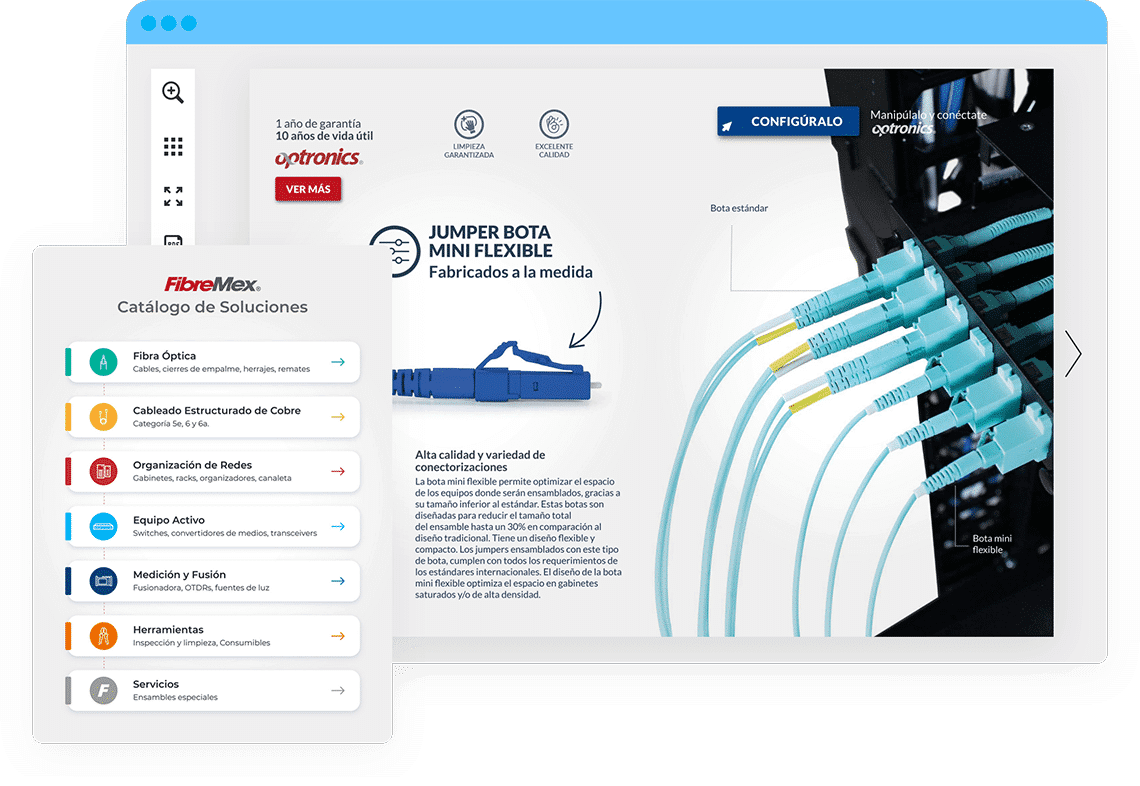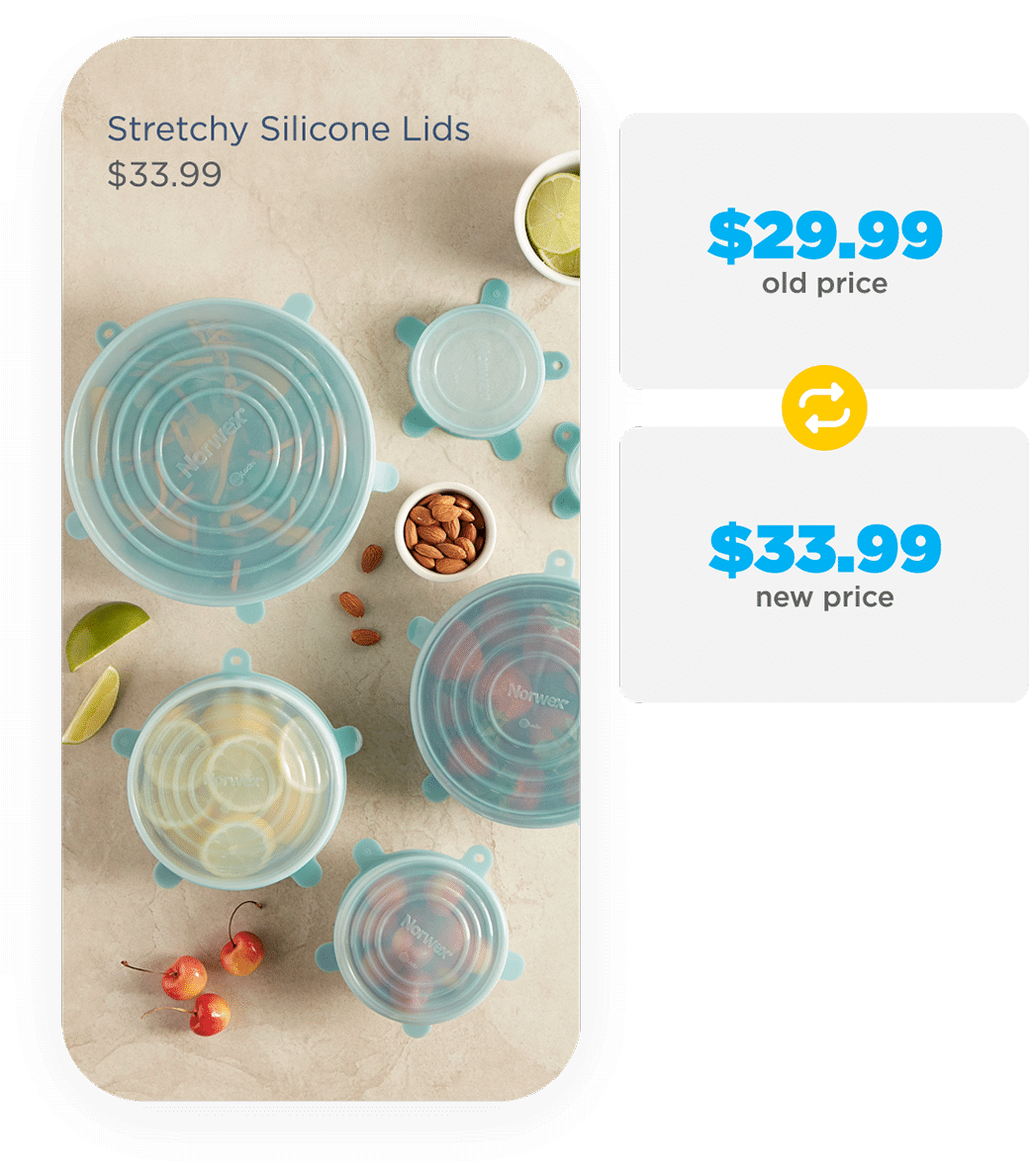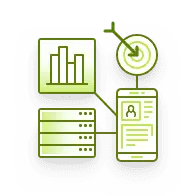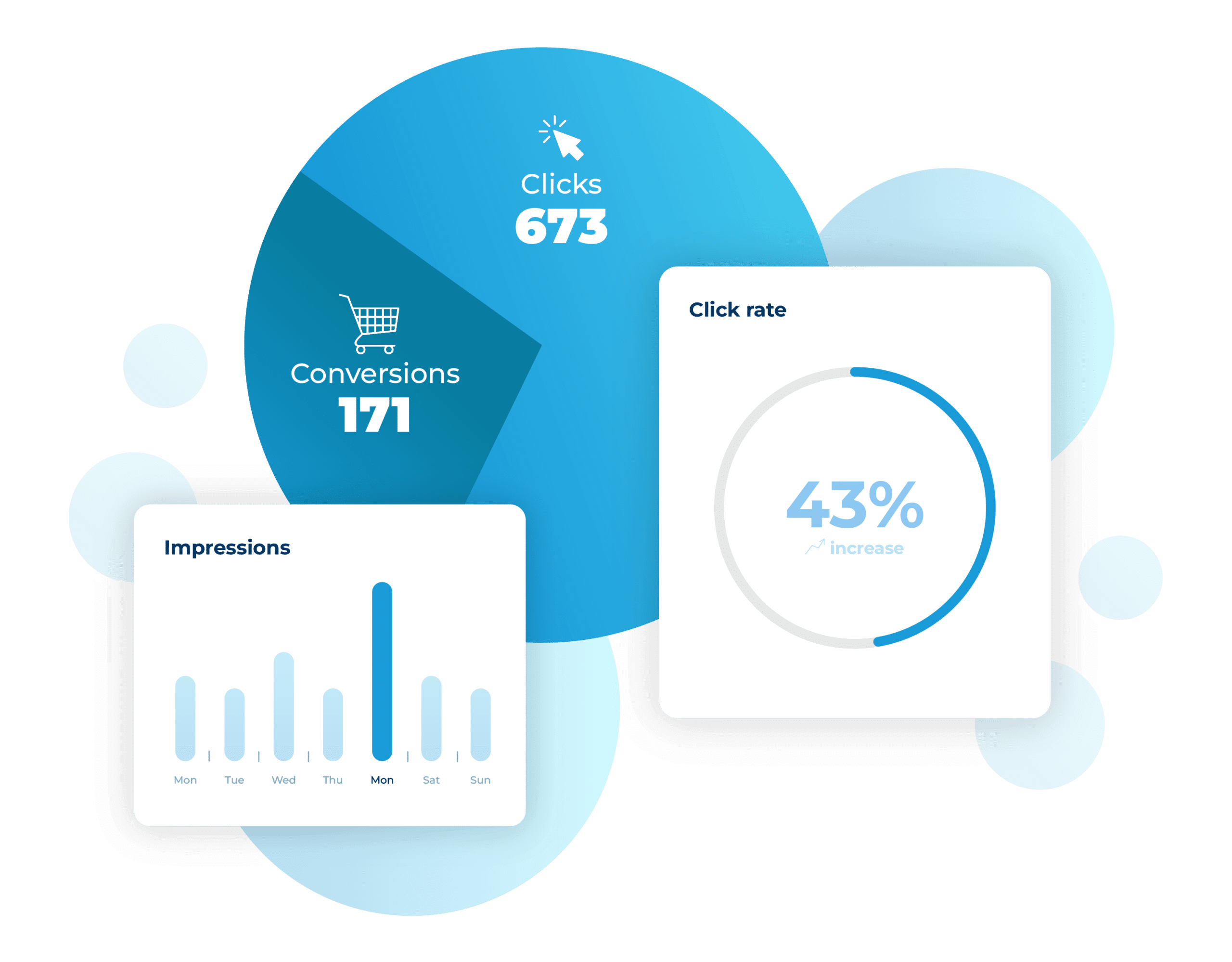Maximizing B2B Retail Success: Key Strategies for Growth
December 6, 2023 By Yana Persky

In the rapidly evolving digital marketplace, B2B retailers constantly seek innovative strategies to enhance their Marketing reach and efficiency. A game-changing approach that has emerged as a cornerstone for success is the publication of online catalogs. As a proud integration partner of Publitas, we understand the transformative impact that online catalogs can bring to your business. This blog will explore the myriad benefits of adopting this digital strategy, focusing on the ease of digital publishing, the functionality of dynamic catalogs, the interactivity of publications, and the advantages for retailers and their customers.
The Simplicity of Going Digital
First and foremost, the transition from traditional to online catalogs is surprisingly straightforward. With tools like Publitas, the process of digitizing your product catalog is not only easy but also efficient. You can swiftly convert existing PDF catalogs into interactive online publications, which you can publish on your website, social media, affiliate platforms and embed in emails and your app. This simplicity in publishing means that businesses of any size can quickly adapt to this digital evolution without needing extensive technical expertise or resources.
Dynamic Catalogs: Innovative Product Showcasing
The concept of a dynamic catalog extends far beyond a simple digital version of a paper catalog. It’s a fully interactive product-feed-powered publication, allowing B2B retailers to showcase their products in a more engaging and detailed way. Unlike static PDFs, dynamic catalogs can be updated in real-time, ensuring that your clients can always access the latest products, prices, and promotions and never see out-of-stock products. This real-time updating capability is crucial in maintaining accurate and current product information, which is often challenging in fast-paced B2B environments.

One of the most compelling features of online catalogs is their interactivity. The best platforms offer you features like embedded videos, links to additional product information, embedded order forms, and the incorporation of interactive elements like pop-ups, GIFs, and animations. This level of interactivity makes the catalog more engaging and helps convey the features and benefits of your products more effectively. For instance, a video demonstration of a product can provide a more precise understanding than static images. Research tells that 89% of people say watching a video has convinced them to buy a product or service. Interactive elements also facilitate a smoother journey for retailers, who can easily navigate the catalog and make informed decisions quickly.

Streamlining Transactions: Advanced Checkout Solutions
An integral part of the online catalog experience for B2B retailers is streamlining the purchasing process to drive more revenue. Modern digital catalogs offer advanced checkout options that significantly enhance the efficiency and convenience of placing orders. Features like integrated order forms, WhatsApp checkout, and favorites lists play a crucial role.
We see B2B organizations benefit most from integrated order forms. They allow buyers to place orders directly in the digital catalog as they browse the products. This seamless integration eliminates the need for customers to switch between the catalog and a separate ordering platform, thereby simplifying the purchasing process. These forms can be customized to reflect the specific needs and purchasing protocols of B2B transactions, such as bulk orders, variable pricing, and recurring orders.
These checkout enhancements in online catalogs cater to the unique dynamics of B2B transactions. They facilitate a smoother buying experience and foster customer loyalty by providing a tailored and efficient shopping process. Integrating these checkout features into your online catalog effectively streams the purchasing process, enhancing overall customer satisfaction and driving business growth.

Leveraging Data and Analytics for Enhanced Performance
Utilizing data and analytics in digital catalog publications is a goldmine for strategic decision-making and optimization. These analytics provide deep insights into how customers interact with your catalog. You can track metrics such as views, click-through rates (CTR), and time spent on each page. Using data and insights to understand what captures your buyers’ interest is invaluable.
By analyzing these metrics, retailers can refine their product placement, adjust pricing strategies, and tailor marketing campaigns to align with customer preferences. For instance, a high number of views but low CTR on certain pages might indicate the need for a more compelling call-to-action or a review of product pricing.
Furthermore, this data can be leveraged to optimize the layout and content of your catalogs. Understanding which sections or products are most viewed allows you to place high-value items in prime positions, potentially increasing engagement and sales.
Additionally, integrating these analytics with CRM systems can enhance personalization in marketing efforts. You can create targeted marketing campaigns by correlating customer behavior in the catalog with their historical data, increasing relevance and effectiveness.
Benefits for Retailers: Efficiency and Reach
For B2B retailers, online catalogs offer several tangible benefits. The ease of distribution is a significant advantage. Unlike physical catalogs, which require printing and mailing, digital catalogs can be shared instantly and globally with just a link. Additionally, you can publish on one of the many affiliate platforms. This global reach opens up new markets and customer segments for your business.
Advantages for Shoppers: A Tailored Experience
From the shopper’s perspective, online catalogs provide a more tailored and convenient experience. And for retailers, customers can access your catalog anytime, anywhere, without needing physical storage. Search functionalities within digital catalogs also enable shoppers to find exactly what they’re looking for in a matter of seconds, a significant improvement over flipping through pages of a physical catalog or PDF catalog. The interactive elements make the shopping experience more engaging and assist in making well-informed purchasing decisions.
In conclusion, the shift to online catalogs represents a critical step for B2B retailers in the digital age. Businesses can significantly enhance their market presence and operational efficiency by leveraging the simplicity of publishing, the dynamism of real-time updates, the interactivity of digital platforms, and the vast benefits for retailers and shoppers. In partnership with Publitas, we are excited to see more B2B retailers embark on this digital journey, reaping the rewards of an innovative, customer-centric approach to product showcasing.


























